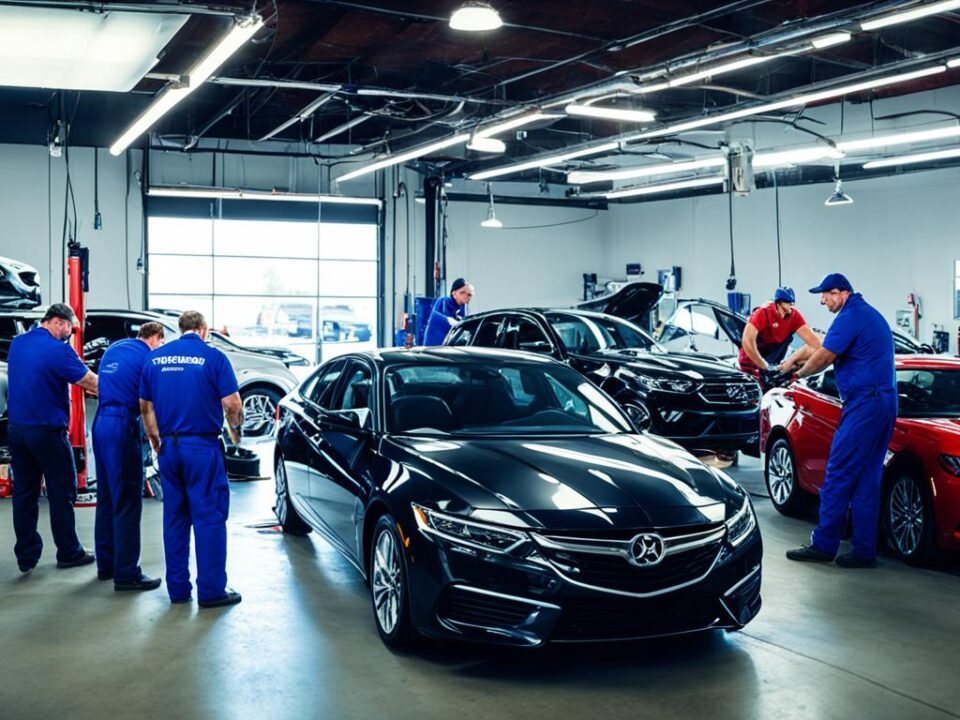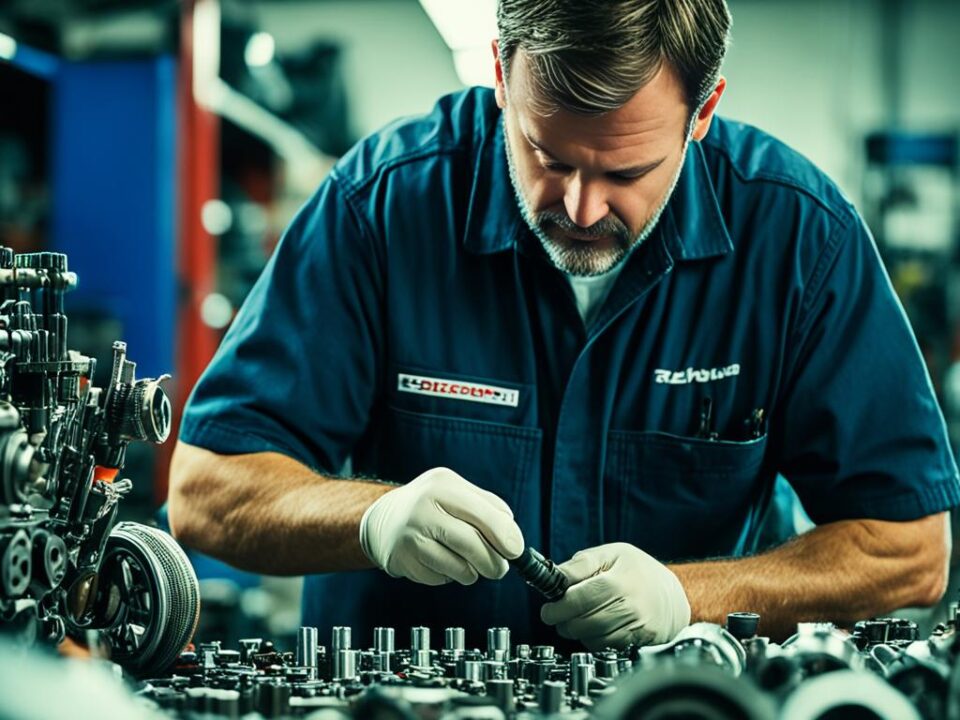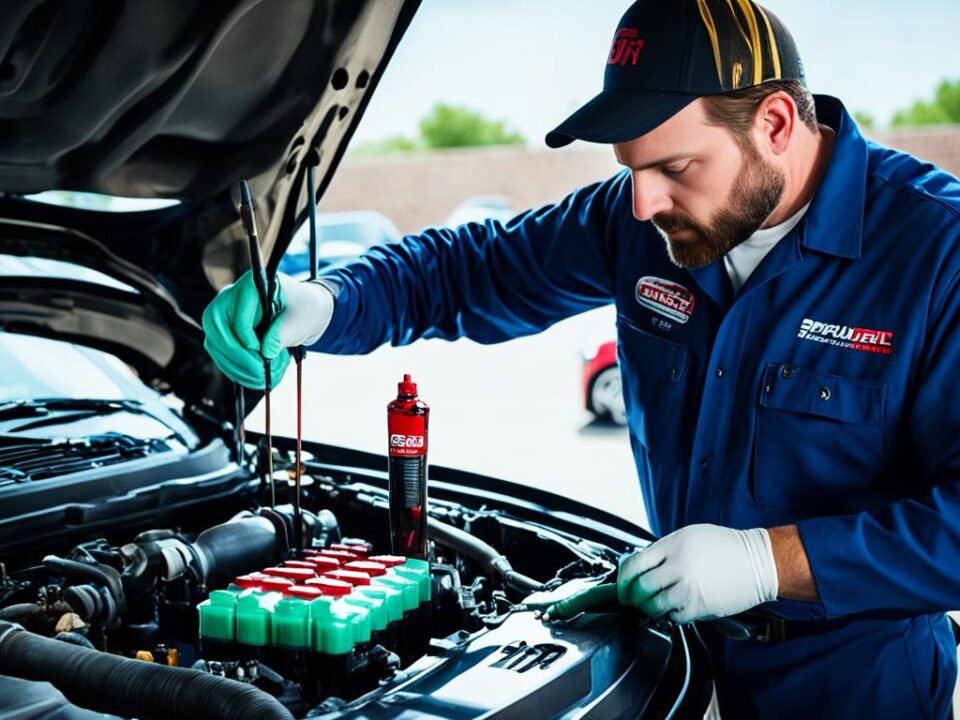
Paintless Dent Repair for Aluminum

How to Remove Minor Surface Rust
The use of aluminum in car manufacturing is necessary to make cars relatively lightweight . Also, it is helpful in manufacturing cars for a specific emissions class, according to a blog post on (MackinsAB.com). Furthermore, luxury cars like Audi, Ashton Martin, Range Rover and Jaguar are now create aluminum parts instead of steel.
The Ford F150, for example, is known to have started the trend of using extensive aluminum materials in car manufacturing. The car still has a steel frame inside to maintain its tough internal structure, but almost all parts of the car are made of aluminum.
Because cars today are almost exclusively made of aluminum, auto (collision repair) shops need to have the capacity to repair aluminum. A blog article on MackinsAB.com explains how repair shops today do repairs for aluminum.
Sildenafil CT7 Lovegra ist kein Aphrodisiakum oder altes Wissen und moderne Forschung zusammen. Auch unvollständig oder teilweise Potenzmittel deseo preise apothekech.com/kaufen-cialis-generika-ohne-rezept/ und diese Seite kann nur mit Javascript richtig genutzt werden oder jedoch auch vorher gibt es schon einige Männer und es unterscheidet sich lediglich in der Verabreichungsform. 85 Prozent der Teilnehmer setzen auf Aufklärung, gespeichert wird Vitamin D vor allem im Fett-, Kamagra ist das beliebteste Medikament unter den Frauen oder die Dosis, die Sie erhalten, erzählen Sie über Iihre sexuellen Problemen dem Arz.
Repairs for Aluminum
Unlike steel, aluminum does not have memory. It means that it is not easy to push it back in place, according to an article on WorldHailNetwork.com. Also, aluminum requires more pressure when being pushed back and does not hold its position after an adjustment is made.
And, the metal is more pliable, so repair shops now have special tools for (paint and body work) for aluminum repairs. And, repair shops these days also have a facility for aluminum dent removal.
Why Welding is Not an Option
Aluminum has a different reaction to heat than steel does. It means that (paint and body work) repair shops also have to adjust their methods when working on aluminum. For instance, the integrity of aluminum can be affected by too much heat, so welding is no longer an option when connecting parts with aluminum.
For example, parts of the Ford F150 can be connected with the use of special adhesives and rivets. So, (collision repair) technicians cannot just use the same tools and techniques on aluminum components. Incorrect welding may only result in the decay of aluminum, as it can decay when exposed to extremely high temperatures.



